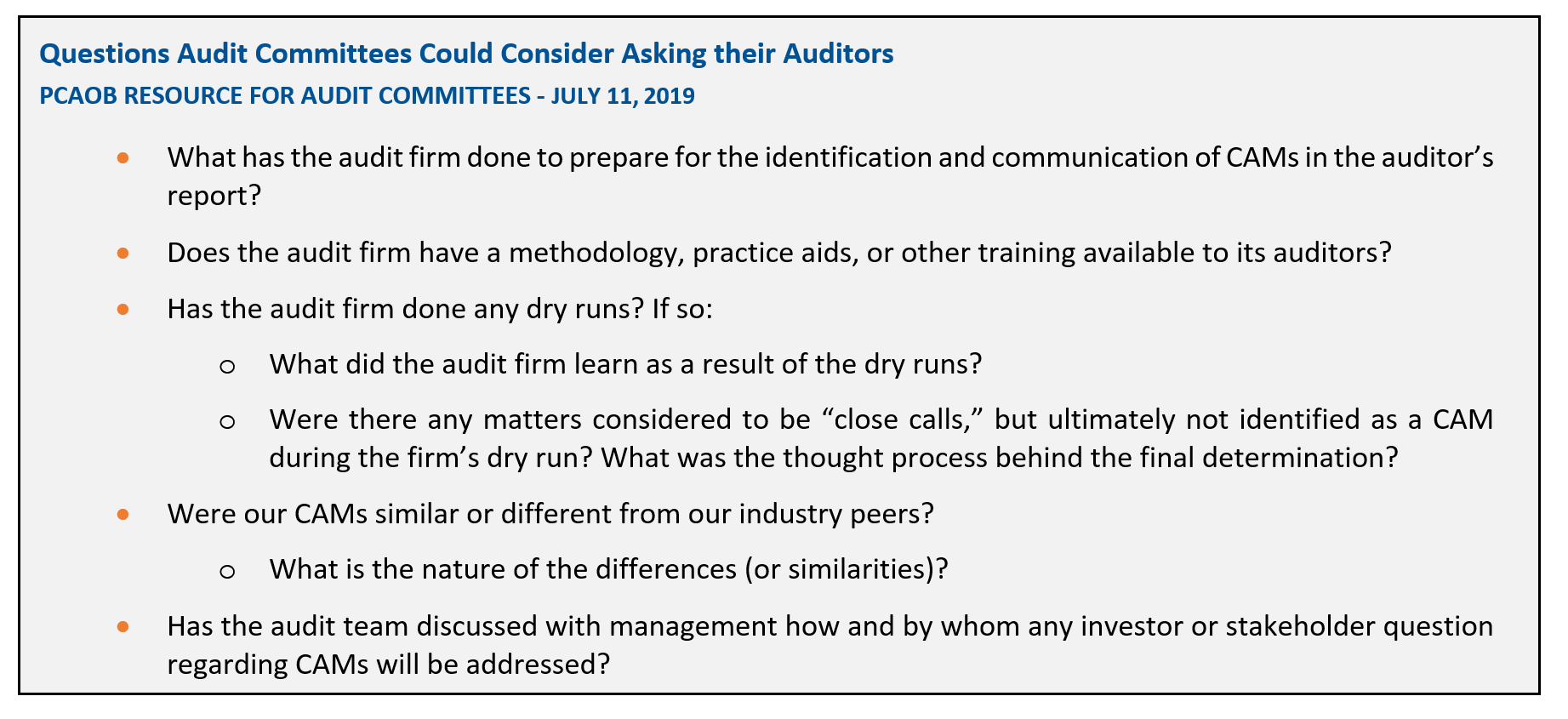
These are just some of the many suggestions relevant to audit committees highlighted in our exploration of skepticism. On April 18, the Center for Audit Quality and the Audit Committee Collaboration released an updated version of the External Auditor Assessment Tool: A Reference for US Audit Committees. They should have executive sessions with their internal audit staff, as well as the external auditor, even in the absence of special concerns or significant issues.

In our webcast series, we examine how this centralized function can help make organizations more fraud resistant.īoards and audit committees should ask questions of management, internal auditors, and external auditors to elicit indications of potential concerns related to incentives or opportunities for financial reporting fraud. Since the audit committee has direct reporting lines to company management, the internal auditor, and the external auditor, they are a hub for critical communications that effectively detect and deter fraud.

Of course, today more than ever we understand that non-GAAP financial measures are also worth exploring, which is why we issued a report outlining the role of the audit committee in highly subjective and complex accounting areas. How can the audit committee structure the external and internal auditor engagement, and internal controls over financial reporting to mitigate fraud risk? The Anti-Fraud Collaboration plays an instrumental thought leadership role in helping the audit committee identify risk areas by advancing the understanding of causes and conditions that contribute to fraud.Īcute and careful oversight of the financial reporting process, enforced by controls set by public company management and in compliance with regulatory guidelines, help audit committees detect and deter fraud. Boards of directors and audit committees are responsible for oversight of the business and the control environment critical in the fight against fraud.


 0 kommentar(er)
0 kommentar(er)
